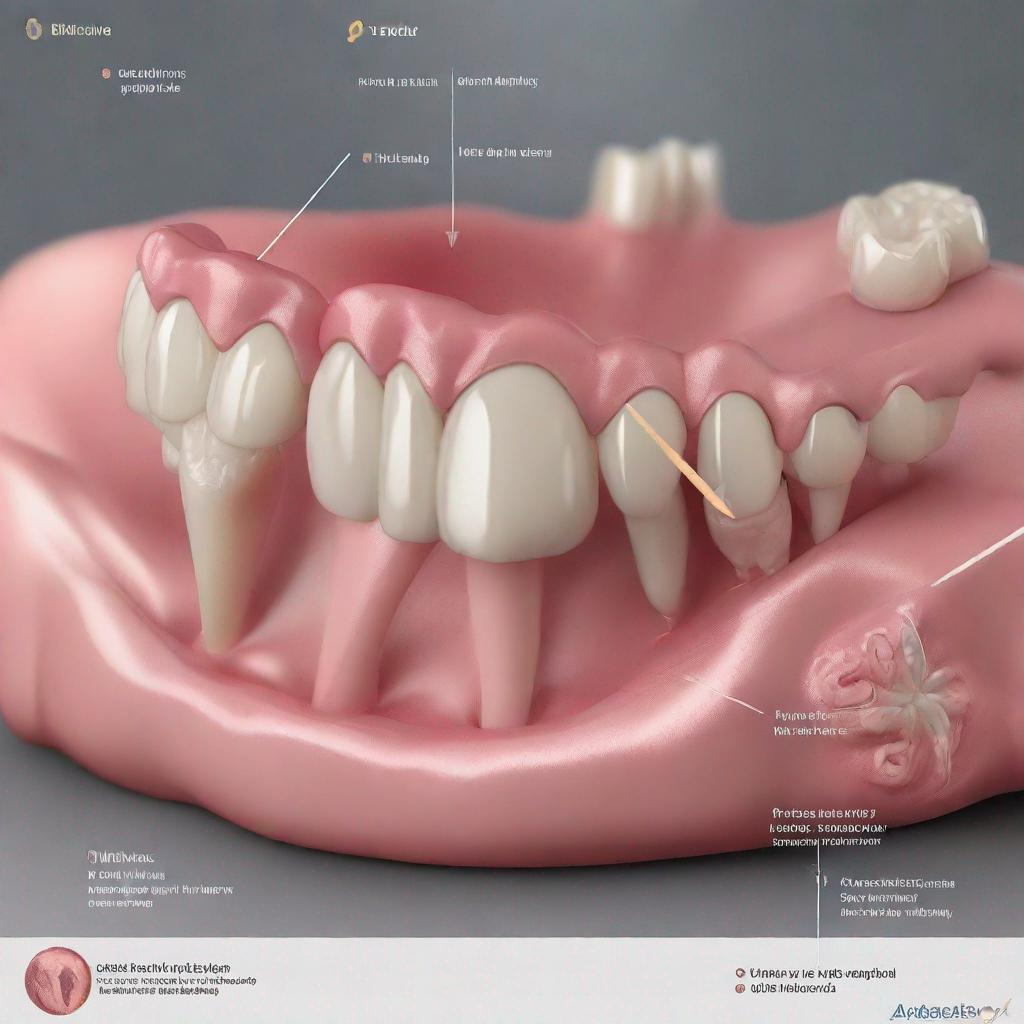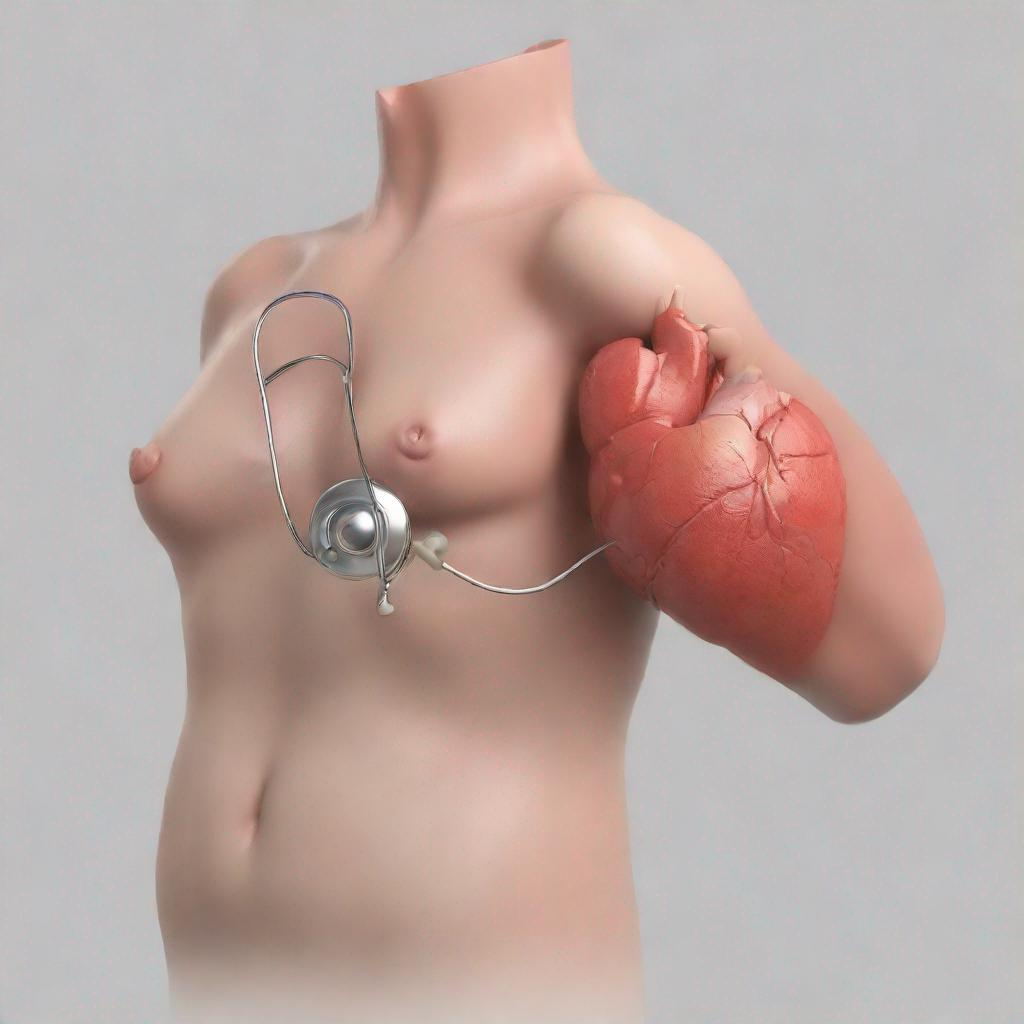“`html
AMY LASE: A Comprehensive Guide to the Diagnostic Test
Introduction
The AMYLASE test, also known as Alpha-amylase or Beta-amylase, is a valuable medical tool to detect various health conditions related to the pancreas and salivary glands. Amylase, an enzyme produced in the pancreas and salivary glands, plays a crucial role in digesting complex carbohydrates into simple sugars. The AMYLASE test measures the levels of this enzyme in the blood or urine, providing insights into the overall health and functionality of these organs.
Test Overview
The AMYLASE test is often performed when a healthcare provider suspects issues with the pancreas or salivary glands. It helps assess the integrity and functionality of these organs and detects various underlying conditions. By measuring the activity of Alpha-amylase (primarily produced in the pancreas) and Beta-amylase (found mainly in the saliva), the test provides detailed information about specific organ involvements.
Conditions and Diseases Detected
The AMYLASE test contributes significantly to diagnosing the following conditions:
- Pancreatitis: Inflammation or swelling of the pancreas can elevate amylase levels in the blood, indicating the severity and extent of inflammation.
- Cholecystitis: Inflammation of the gallbladder can lead to a rise in amylase levels due to common drainage pathways between the gallbladder and pancreas.
- Salivary gland disorders: Infections (Sialadenitis) or blockages can disrupt salivary amylase production and secretion, affecting the overall levels in saliva.
- Hyperlipidemia: Elevated lipid (fat) levels in the blood can interfere with amylase activity, resulting in abnormal test results.
Preparation Guidelines
Before undergoing the AMYLASE test, patients may need to follow specific preparation guidelines for accurate results:
- Fasting: Certain tests require patients to fast for 8-12 hours before providing a blood or urine sample to minimize the influence of recent food intake.
- Hydration: Maintaining proper hydration by drinking plenty of fluids is essential to ensure optimal sample quality.
- Medications: Inform your healthcare provider about any medications or supplements you are currently taking, as some may affect test outcomes.
Procedure
The AMYLASE test procedure involves collecting a blood sample from a vein in the arm or a urine sample. Both methods are generally painless and straightforward.
Duration and Waiting Time
The test takes only a few minutes to complete. The waiting time for test results can vary depending on the laboratory, but it usually takes a few hours to several days.
Additional Tests
In conjunction with the AMYLASE test, your healthcare provider may recommend additional tests, such as:
- Lipase Test: Measures the activity of another pancreatic enzyme, Lipase, to confirm pancreatitis diagnosis.
- CT Scan or MRI: Imaging tests that provide detailed views of the pancreas and surrounding structures.
- Endoscopic Ultrasound: A minimally invasive procedure that involves inserting a small camera into the digestive tract to examine the pancreas.
Conclusion
The AMYLASE test is a vital tool in diagnosing and monitoring various conditions affecting the pancreas and salivary glands. By measuring amylase levels in the blood or urine, it helps healthcare providers assess organ functionality, detect underlying diseases, and determine appropriate treatment plans. If you experience symptoms such as abdominal pain, nausea, or swelling in the face or neck, consult with your healthcare provider to determine if an AMYLASE test is necessary for an accurate diagnosis.
“`




